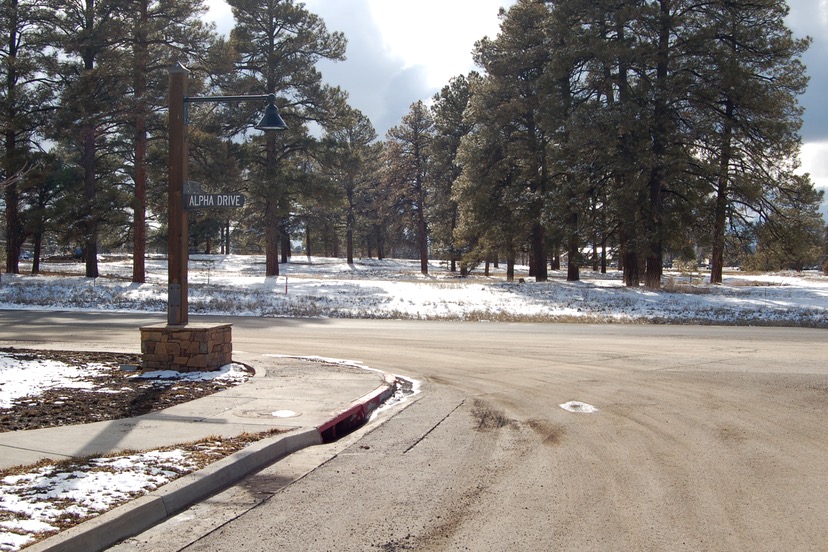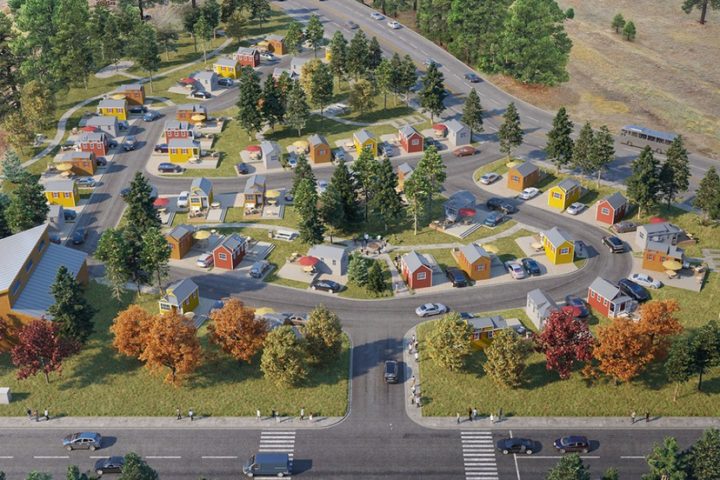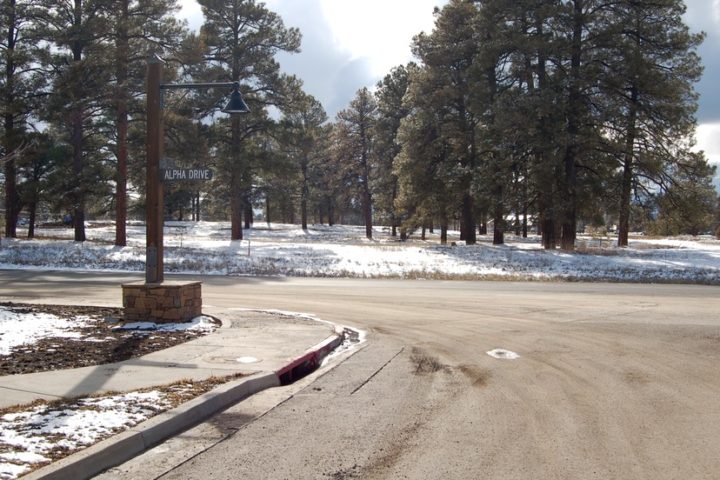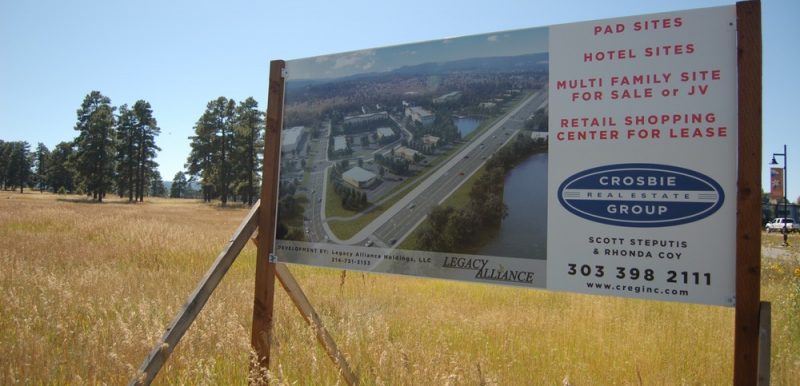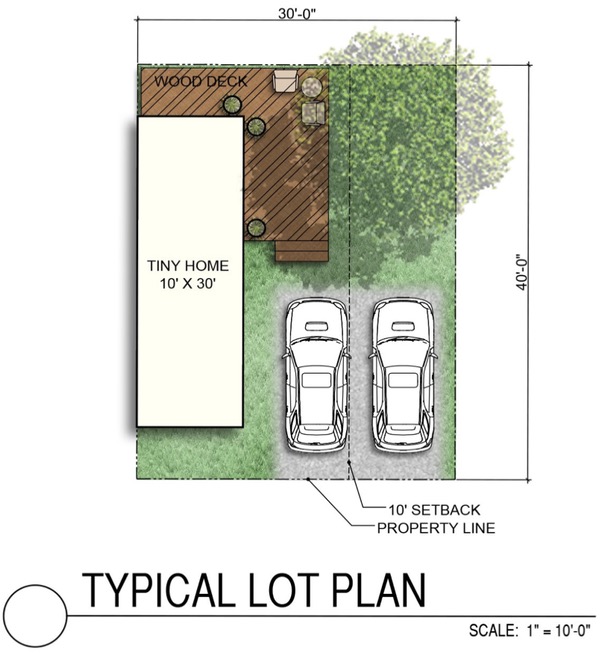We understand that pennies don’t actually fall from heaven… nor do dollar bills… or credit cards.
As far as I can tell, wealth in America — typically measured in terms of money — is derived from six basic sources.
- Sweat of productive physical or mental work.
- Rents extracted via the control or ownership of property — physical, financial, or intellectual property — or from a position of power.
- Taxes extracted via political power.
- Gambling.
- Extortion and blackmail.
- A printing press (government-run or otherwise).
We note that only one of these sources involves actual productive work. We might also note that sweating over physical or mental work is generally the worst way to become rich. Options 2 through 6 are much more likely to result in excessive wealth — although Options 4 through 6 can easily have a negative outcome.
Some people might feel, therefore, that Option 2 is the very best one. Just sit back and collect rental income.
I’m thinking about money, and wealth, and rental income, because the Pagosa Springs Planning Commission took a cursory look at a proposed housing development on Tuesday evening.
This proposed “tiny home” village is being proposed for some vacant land across the street from the Walmart store, along Alpha Drive, as the possible first phase of a larger development taking up a total of 22 acres along Highway 160.
Here’s a photo of the proposed site, viewed from the rear of the Walmart store. The development would try to preserve some of the mature pine trees.
I briefly referred to this particular piece of vacant property, back in 2019, in an editorial about the Town of Pagosa Springs’ new ‘Urban Renewal Authority’. At that time, it looked like the property owners were planning an extensive commercial development, to judge by a real estate sign that identified the owners as ‘Legacy Alliance.’
Retail shopping. Multi-family housing. Hotels. Plenty of paved parking lots. This was in 2019.
Almost two years later, the partners at Legacy Alliance Holdings have shifted gear somewhat. The southeast corner of this parcel has been designated as a possible site for up to 46 “tiny homes on wheels” — sometimes referred to as THOWs.
The Pagosa Springs community has been discussing tiny homes — homes under 400 square feet — since at least 2016, when developer Morgan Murri had presented plans for a small housing complex on North 2nd Street. Those plans fell through when the target property was sold to another buyer.
Mr. Murri’s homes would have been built on permanent foundations and would have been offered (he said) for around $120,000 — with deed restrictions to prevent them from becoming vacation rentals. That sounded like an affordable price range for Pagosa’s working families.
The Legacy Alliance tiny homes, discussed at length on Tuesday evening, would be the wheeled version — without permanent foundations.
I’ve had several discussions, with Town staff and elected officials, about tiny homes since 2016. In general, I had found Town Planning Director James Dickhoff to be mildly supportive of tiny houses on foundations, but dismissive of THOWs because they’re technically classified as ‘recreational vehicles’ and the Town government cannot control the design and construction of a vehicle. (How the Town government does like to control things!)
So the only thing the Town has been able to do is prohibit people from living year-round in a ‘recreational vehicle.’
Now that this THOW proposal has come forward from some certified (and apparently wealthy) developers, Director Dickhoff has (from what I can tell) changed his tune and has been promoting the idea of a THOW development to the Town Planning Commission and the Town Council.
The Town Planning Commission spent almost two hours, via Zoom, discussing the Alpha Drive tiny home park proposal with Legacy Alliance partner Brad DeYoung, who is based out of Addison, Texas. The Commission conversation was generally cordial and upbeat, and included the usual comments about the lack of housing options for Pagosa’s working families and individuals… and how this development might help address that crisis.
At one point, Commissioner Peter Adams — who has himself built some semi-affordable housing here in Pagosa — asked whether Mr. DeYoung and his partners have the development background necessary for this type of undertaking.
Mr. DeYoung responded:
“To be frank, we have not done a tiny home development. This will be our first. The majority of our background is multi-family, land development, and retail. We’ve owned, acquired, developed about $1 billion in real estate across probably 23 states. Most of the development has been institutional multi-family development, from two-story homes all the way up to 55-story towers.
“We bought this 22 acres about three years ago, mainly for its retail potential. But the more time we have spent in Pagosa Springs, the more we have seen the other possibilities and uses for this property. The ‘tiny home’ classification is something that has intrigued us for the last couple of years — something we’ve been researching and educating ourselves on, and visiting communities and manufacturers. And because of our multi-family background, we are kind of approaching the community from that standpoint…”
Mr. DeYoung suggested that the park residents would each own their own tiny home — he suggested that a typical tiny home would cost about $60,000 — and would lease a spot in the park. He calculated the monthly house payments at perhaps $500 a month, and the lot rent would be about $500.
So a housing cost — not including utilities — of about $1000 a month… for a home that, according to the submitted lot sketch, would measure 10 feet by 30 feet. 300 square feet. A slightly larger footprint than two SUVs?
As our regular readers are well aware, I’ve been writing regularly here in the Daily Post about the lack of housing in our community, especially housing that’s affordable for working individuals and families. An individual working in Pagosa’s hospitality industry earns about $500 a week, according to federal statistics, which comes to a little over $2,000 a month. The standard US measure of affordable housing assumes that a household should not pay more than 30% of monthly income on housing — including utilities.
$1000 a month plus utilities — for a 300-square-foot tiny home — is not considered affordable, for most individuals working in our local tourism industry. (The industry our local governments have spent millions of dollars promoting.)
Yet some of the business owners serving on our Town Planning Commission were literally gushing with enthusiasm over a ‘tiny home’ park that might cost residents in excess of $1000 a month.
Why would a 300-square-foot THOW cost so much…?
Let’s think about that.

